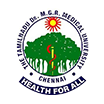The discs lie between the end surfaces of bones that make up the spine. They have a soft jelly-like centre called nucleus pulposes surrounded by a rigid outer ring called the annulus fibrosis. These discs mainly act as shock absorbers. The spinal cord and nerves lie close to the back of the discs in the spinal canal.
A disc bulge in MRI is seen in most normal people, and they are not significant. But this disc bulge needs to be differentiated from disc prolapse. When the soft jelly (nucleus pulposes) tears out through the rigid outer rim (annulus fibrosis) and comes out and lies in the spinal canal, it becomes significant. When this happens in the lower back, this can compress the nerve roots that go to the legs. This pain is called sciatica. A similar condition can occur in the neck. This causes neck pain with radiating pain to the hands.
Cauda equina syndrome is one of the rare conditions caused by disc prolapse, where it compresses all the nerve roots going down to the legs and urinary bladder. This causes urinary problems like difficulty in passing urine etc.
Myelopathy is another severe problem where a large disc compresses the spinal cord at the neck level. Here patient may express difficulty in walking, holding objects in hand, problems with urination etc. These are the conditions in which surgery needs to be considered at the earliest as the problem recovery becomes difficult.
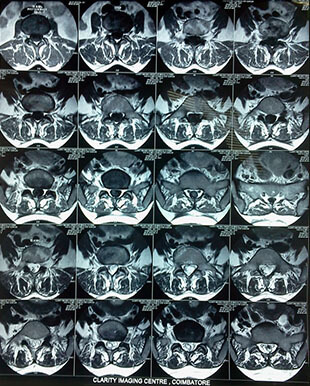
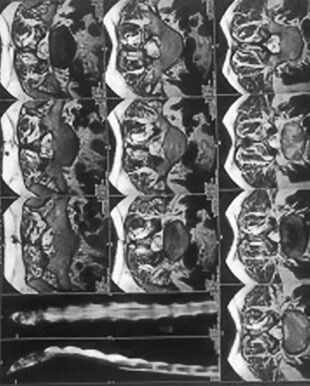
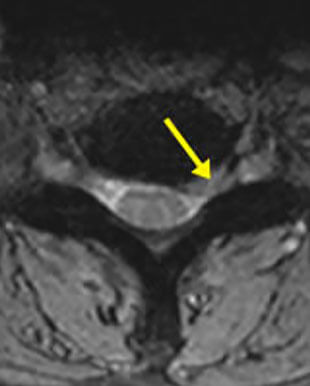
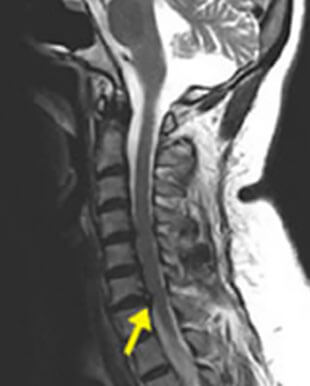
Surgery is not required in most cases. Often pain subsides with rest and pain killers. If there is no relief, then a short treatment period in hospital as an inpatient usually helps. Surgery is required for those who do not respond.
Surgery helps to relieve leg pain or arm pain. Usually, it can be done as a daycare surgery or a day of admission. The minimally invasive technique is used, which helps faster recovery with early return to work. In most cases, no restriction of activity is required, nor a need for a belt or other assistive devices. There are different techniques used like endoscopic discectomy, micro discectomy, mini-open surgery and conventional discectomy. But the type of technique depends on the type of disc prolapse and patient profile.
Ask our Specialist
For specific orthopedic ailment related queries please fill in the form and get in touch with our specialistsDr. David V Rajan - Arthroscopy Surgery
Travelling Tips for Patients with Knee Pain
What is Frozen Shoulder?
Dr. P Yuvarajan-Joint Reconstruction, Hip Pre
Tips for Staying Healthy while working from Home
Rotator Cuff Tear: Symptoms, Causes and Treatment
Patient Success Stories
Went in for my Son's shoulder surgery last Saturday, the modern decor, pastel colors reminded me of anything but a hospi...
Read more Google reviewMarvelous service and treatment. Especially Dr.Shyamsundar and Dr.Sri Ram their great service. Keep going, thank you.
Read more Facebook reviewOne of the most caring hospital which I have encountered after a long time. From the doctors to support staff, all we t...
Read more Google reviewGreat thanks to Dr David Rajan and Dr Santhosh and team for their best effort in making my mother surgery a success owin...
Read more MeenakhiYou will not find a better Ortho hospital with so much care especially during Covid pandemic times. We had stayed for tr...
Read more Prabhu NarayanMrs. Maragatham (Name changed), a 50-year-old woman came to Ortho-One with severe pain in her right knee which affected ...
Read more Mrs. MaragathamI’m Krishnamoorthy aged 82. I had pain in both knees. Compared to all the other hospitals, I feel Ortho-One is the bes...
Read more Krishnamoorthy



